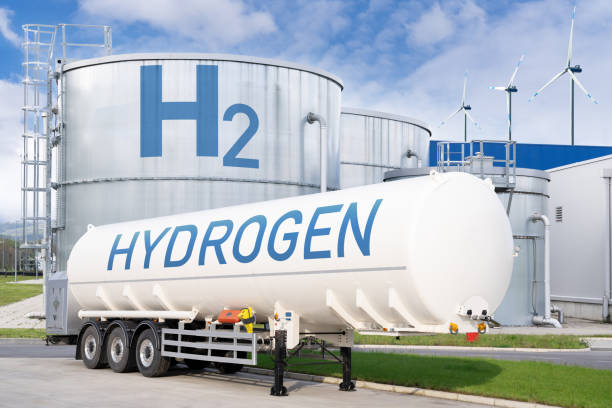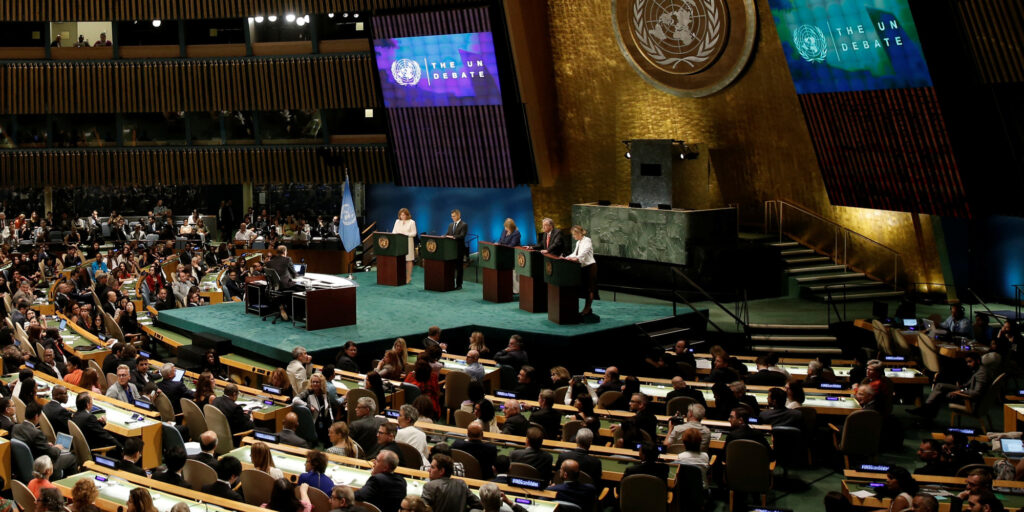Globally, carbon credits are gaining traction as a viable response to curtail growing emissions. The Taskforce on Scaling Voluntary Carbon Markets (TSVCM), sponsored by the Institute of International Finance (IIF), estimates that demand for carbon credits could increase by 15 or more by 2030 and up to 100 by 2050. Reports by the World Bank also indicate that more than two-thirds of countries plan to use carbon markets to meet their Nationally Determined Contributions. (NDCs) Countries such as Chile, Ghana, Jordan, Singapore and Vanuatu are already developing digital infrastructure to support their participation in international carbon markets.
The advent of industrialization has sprung up several industries and businesses. Most of these businesses and industries contribute heavily to generating C02 Emissions. The World Bank reveals that industries contribute over one-third of direct and indirect global greenhouse gas (GHG) emissions. To control these emissions, the 2015 Paris Agreement had 200 countries endorse the global goal of limiting the rise in average temperatures to 2.0 degrees Celsius above preindustrial levels, and ideally 1.5 degrees. Due to implementing these requirements, businesses and countries are under immense pressure to lower their carbon impact. For some companies, the cost of adopting carbon-reductive technologies can be expensive. For specific industries, the practicality of eliminating fossil fuels is limited. Hence, purchasing carbon credits allows companies to address emissions they cannot eliminate. Additionally, studies have proven that one of the most effective and efficient ways to reduce carbon emissions is to price carbon. This model provides the needed motivation for people to decarbonize.
Developing Nigeria’s carbon market holds substantial benefits for the country. According to the African Carbon Markets Initiative’s (ACMI) projections, the West African country can produce up to 30 million carbon credits annually by 2030, which at US$20 per credit would earn Nigeria more than US$500 million annually. These statistics underscore how carbon markets are an incredible opportunity to unlock billions for the climate finance needed to attain Nigeria’s Energy Transition Plan. (ETP) Other benefits include promoting sustainable growth, stimulating economic development and mitigating climate change. Despite this array of opportunities, Nigeria’s exploration of this potential remains low.
Nonetheless, Nigeria’s strides towards enhancing its carbon market are noteworthy. In February, Nigeria’s National Council on Climate Change confirmed it was formulating national carbon tax policy plans. This policy gives rights to the government to set a price for emitters to pay for each ton of carbon emissions, consequently generating revenue for the economy whilst aligning the country to its net-zero commitments.
Although Nigeria’s emissions are modest, its fast-growing economies, bold development ambitions, and rapidly growing population signify a heightened energy demand in the coming decades. Therefore, developing the Nigerian carbon credit market is critical in ensuring that the continent’s development trajectory aligns with a just energy transition. However, existing policies should be in place. Capacity barriers must be broken to guide businesses and industries on this pathway. In addition, establishing an enabling framework that encourages growth is essential to guarantee a healthy and vibrant carbon market.



